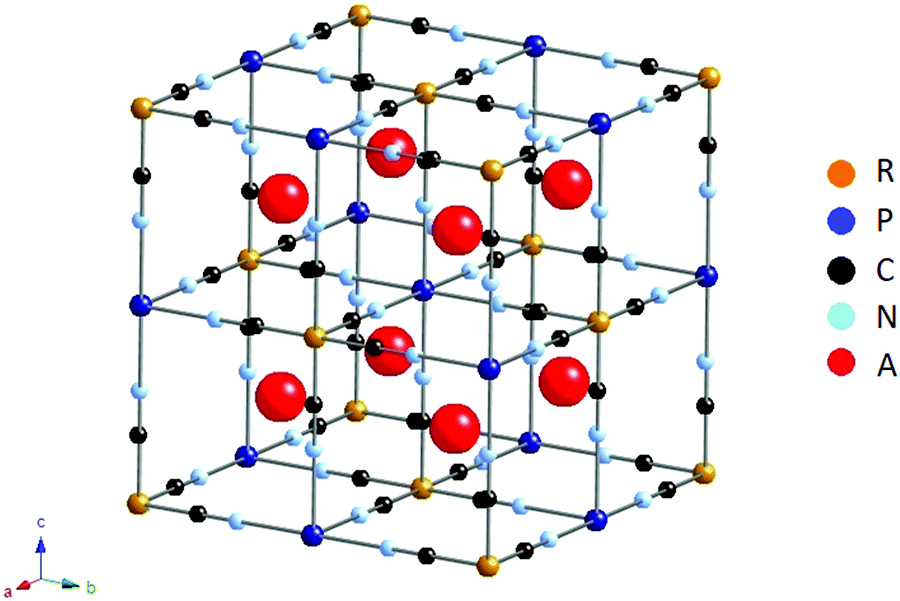

Using the molecular orbital packages (MOPAC and ZINDO) of Quantum CAChe you can develop a color-coded image of your molecule that displays partial charge separation, molecular orbitals important for reactivity (highest occupied, lowest unoccupied), and derive most sorts of useful spectra (UV-visible, infrared, nmr) from the electronic structure.The company’s saving from manufacturing overseas is substantial. The next step up in realism is determination of a molecule’s quantum-mechanical properties, using the programs grouped in version 4.1 into Quantum CAChe (CAChe 4.1 includes Personal CAChe, Quantum CAChe, and CAChe WorkSystem and CAChe Satellite for interacting with servers and other software). CAChe then turns this 2D picture into a 3D molecule by assigning realistic atomic radii to all atoms, realistic bond lengths to all bonds, and then finding a minimum-energy conformation of the molecule using a molecular-mechanics program (CAChe uses a library of molecular-mechanics parameters refined over the last decade) to search over possible conformations. In CAChe, you typically start by assembling a 2D version of a molecule from a library of fragments, using an editor that’s much like a drawing program that understands the rules of chemistry.
#Crystalmaker examples mac#
One of the first Mac science programs, CAChe is now distributed by supercomputer maker Fujitsu, and its design shows careful effort at fitting G4 computation into the world of still-bigger computers. Special attention to reflection, shading effects, and depth fading puts CrystalMaker ahead of competing programs for vivid display, and its floating 3D representations (viewed with red/blue glasses) are dazzling as well as instructive.ĬAChe can calculate energy surfaces corresponding to different conformations of a molecule and display them in real time, allowing an intuitive appraisal of reaction possibilities.]dfĬAChe 4.1, in contrast to CrystalMaker’s single-minded focus on molecules in crystals, provides modules to calculate nearly every aspect of molecular behavior. It makes the best-looking crystal structures imaginable.
#Crystalmaker examples manual#
CrystalMaker also includes a companion program, CrystalDiffract LE, that predicts the x-ray diffraction pattern for a given crystal structure (researchers will probably want to get the upgrade ($215) to CrystalDiffract Pro, which offers more options and diffraction types).ĬrystalMaker is easy to learn, and includes the most comprehensive and best-produced manual I’ve seen for a science product in years, but oddly for scientific software, its real attraction is aesthetic. The user can specify display in space-filling, ball-and-stick, wireframe, and polyhedral modes, impose surface plots on the ball-and-stick display, annotate particular atoms in the crystal, and switch around instantly among all these modes.īesides building crystals from your own data table, the program imports many different data file formats - a great help in the somewhat bewildering world of incompatible molecular database files (CCL, Chem3D, CIF, CSSR, FDAT, ICSD, PDB, SHELX, STRUPLO, and MacMolecule). The procedure typically starts with a user entering atoms and their coordinates in a crystal unit cell, using CrystalMaker’s crystal data editor, which speeds up data entry quite a bit. CrystalMaker 4.0 specializes in building and displaying such images of crystal structures, assembled by “repeating” molecules many times at precise distances and angles. From huge DNA fragments to small molecules like aspirin, hard information about chemical structure comes from a method called x-ray diffraction, applied typically to small samples of crystalline material.


 0 kommentar(er)
0 kommentar(er)
